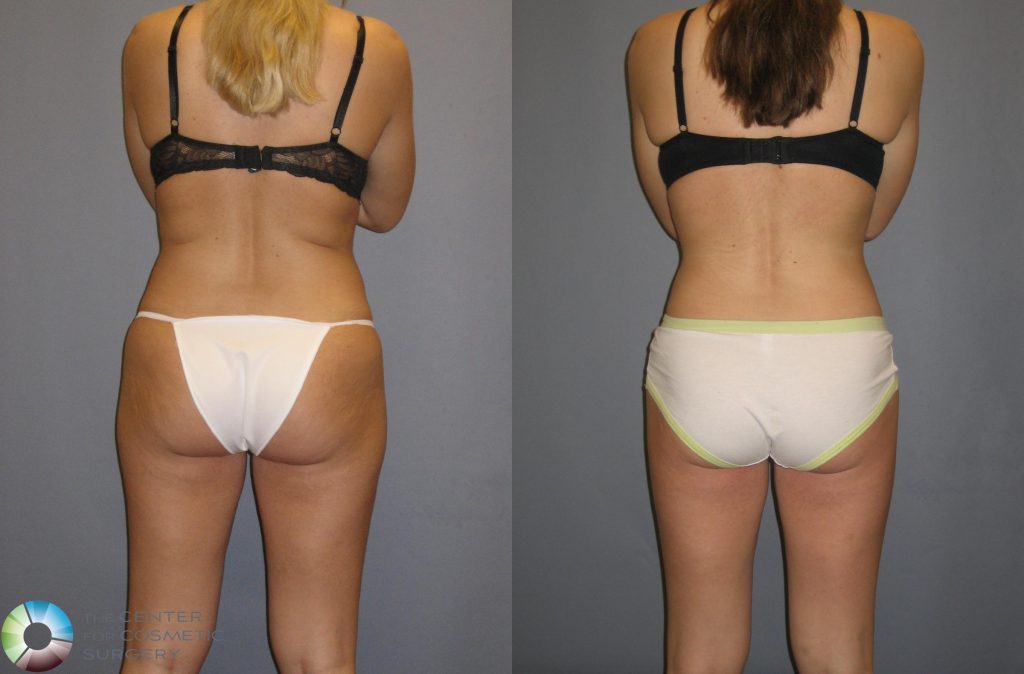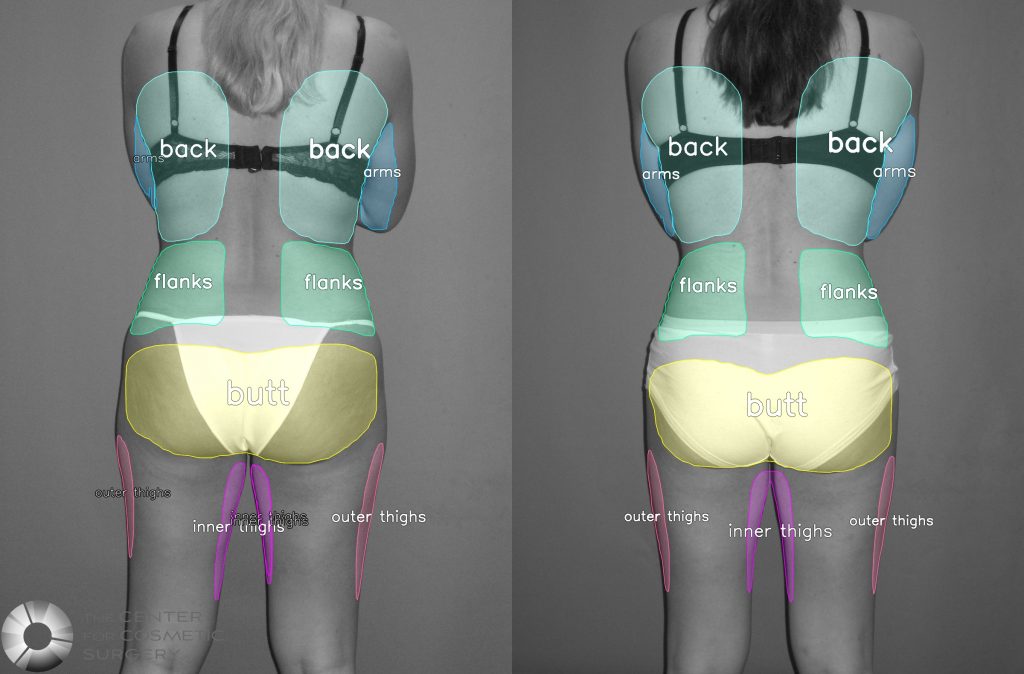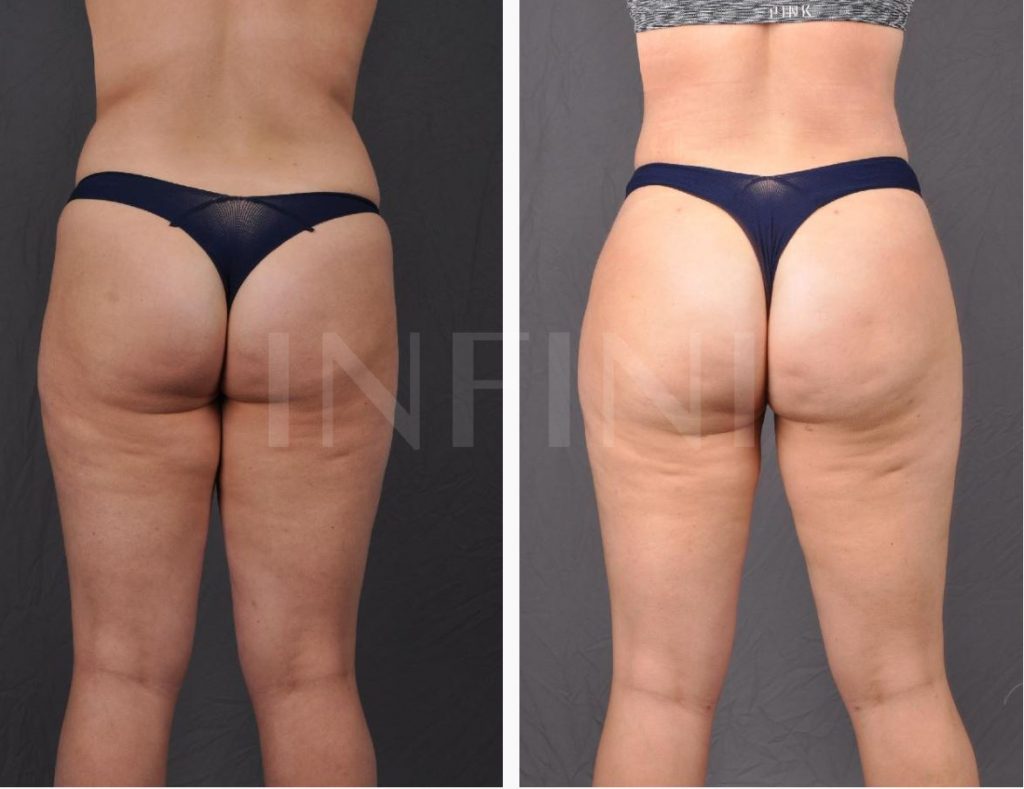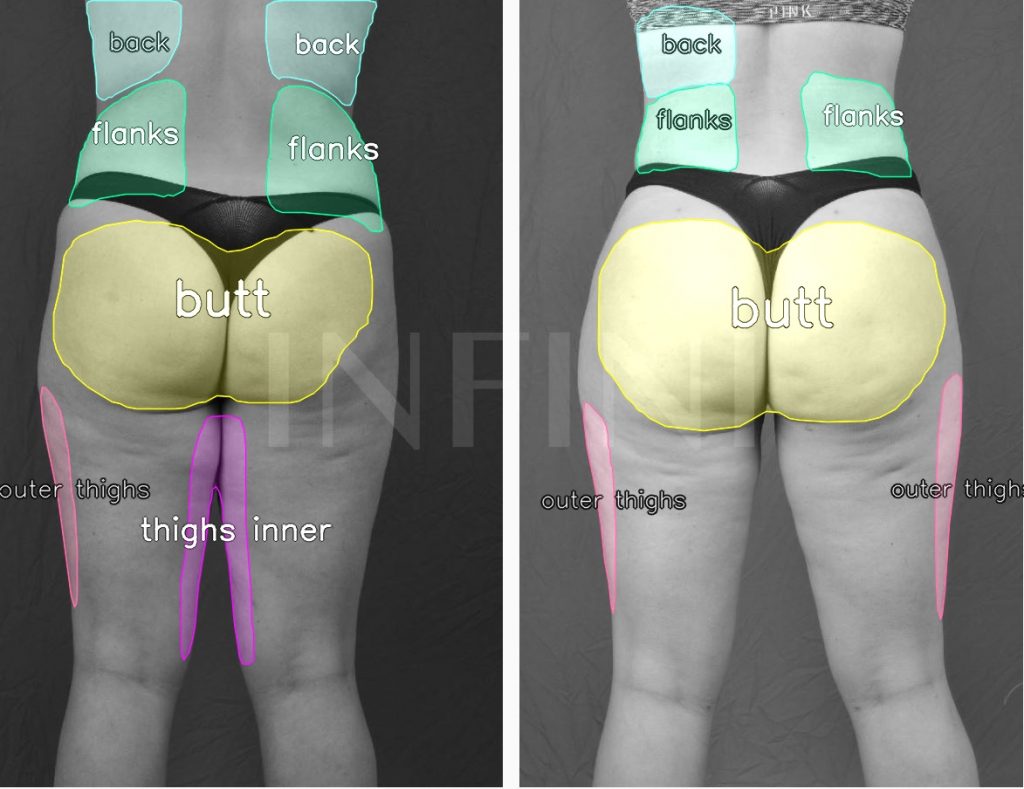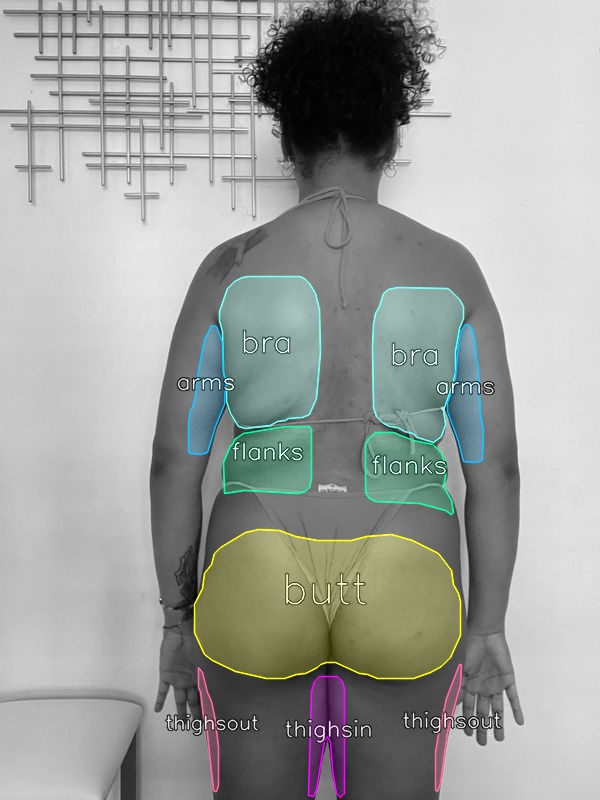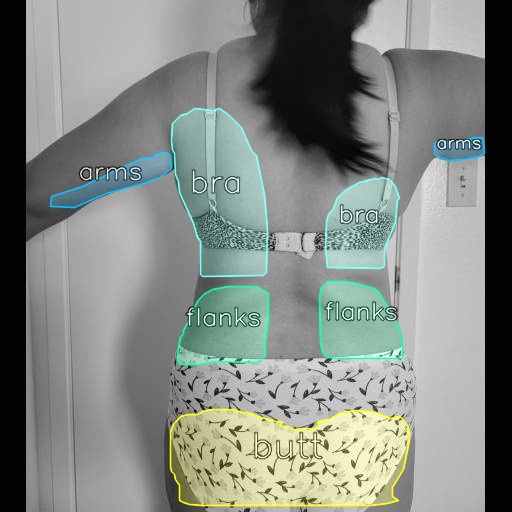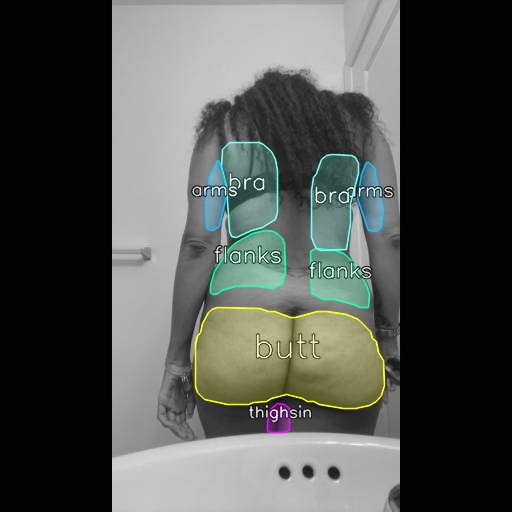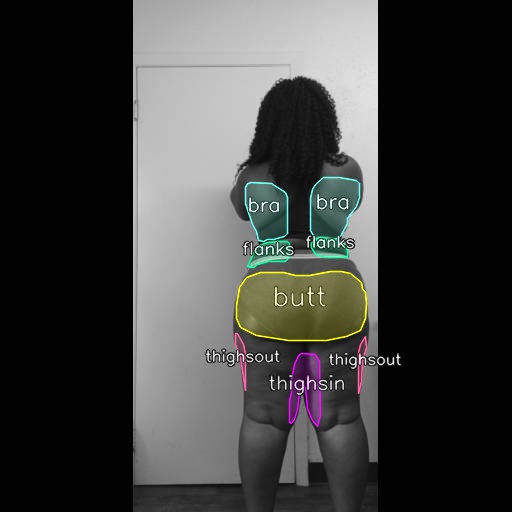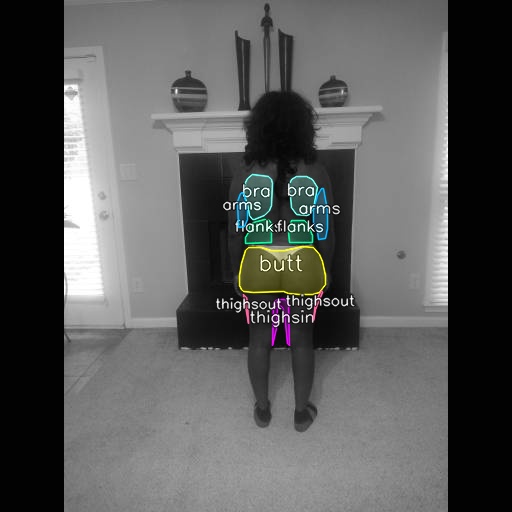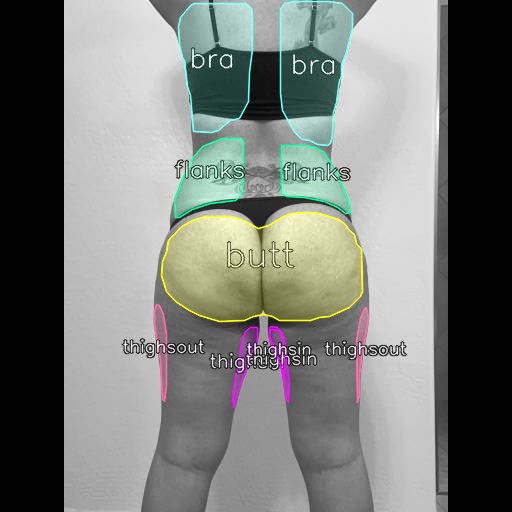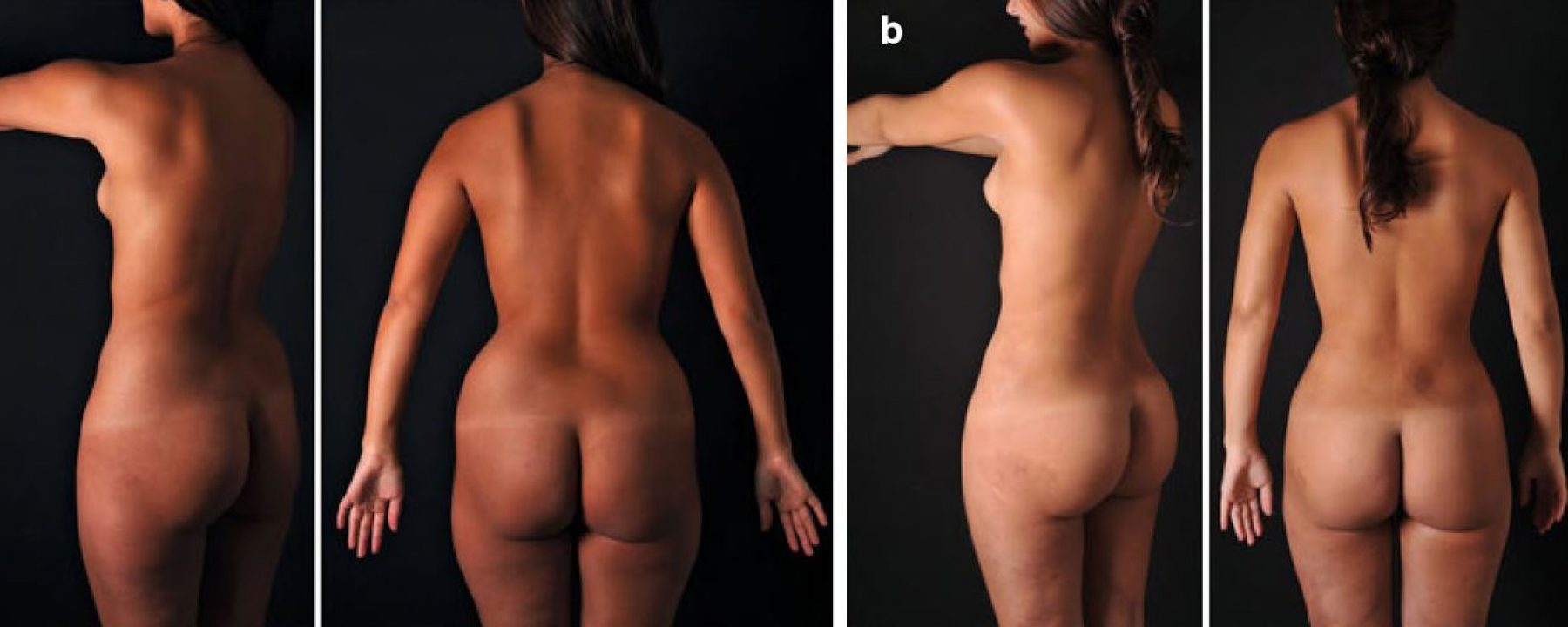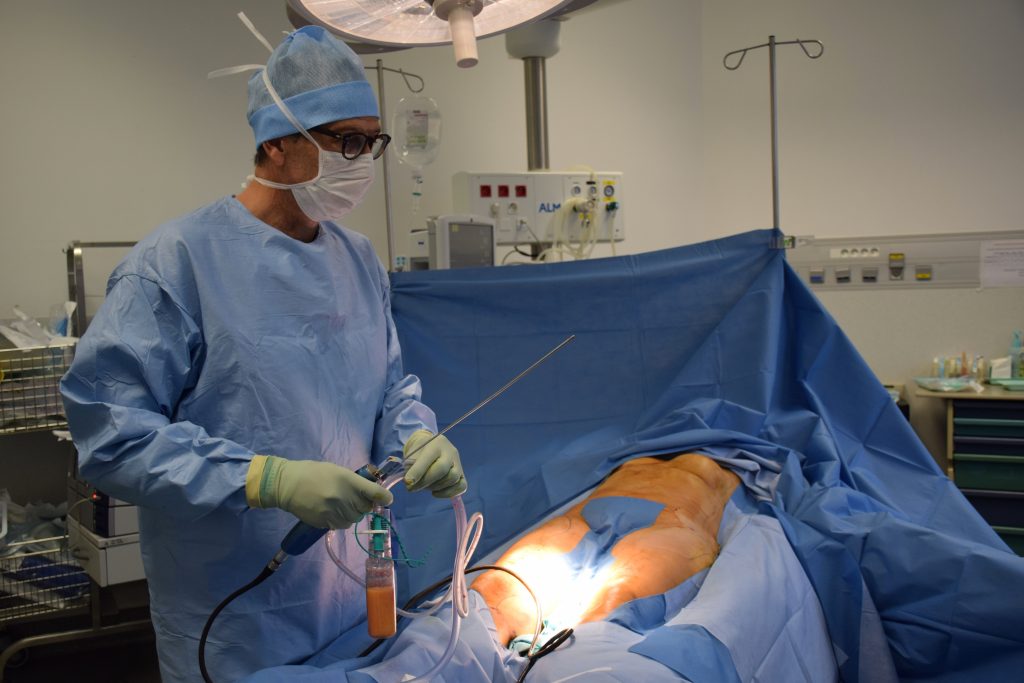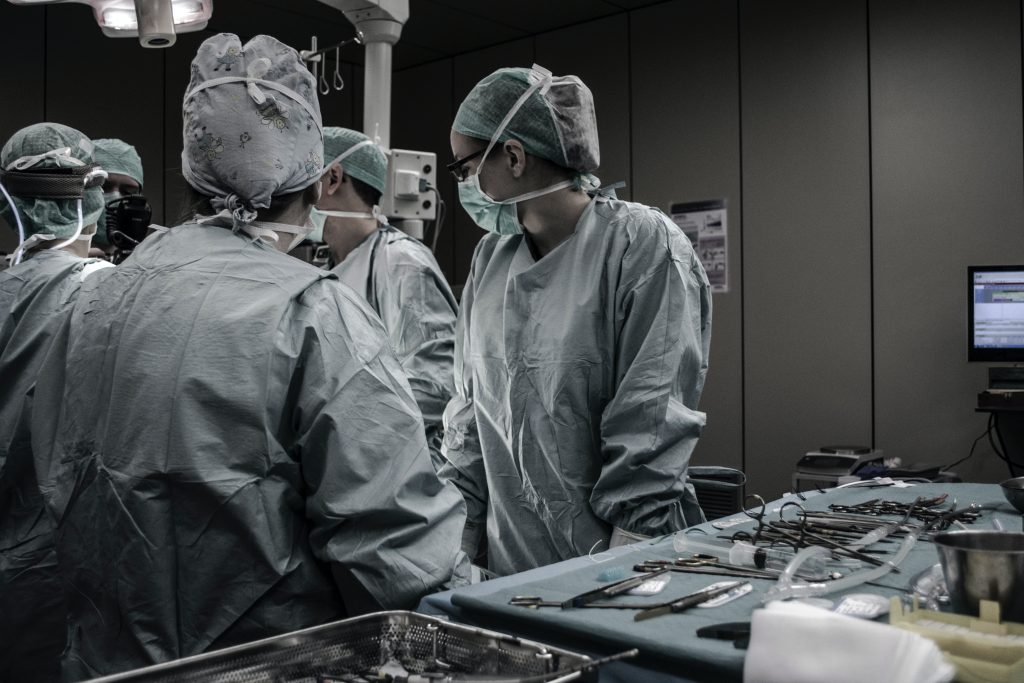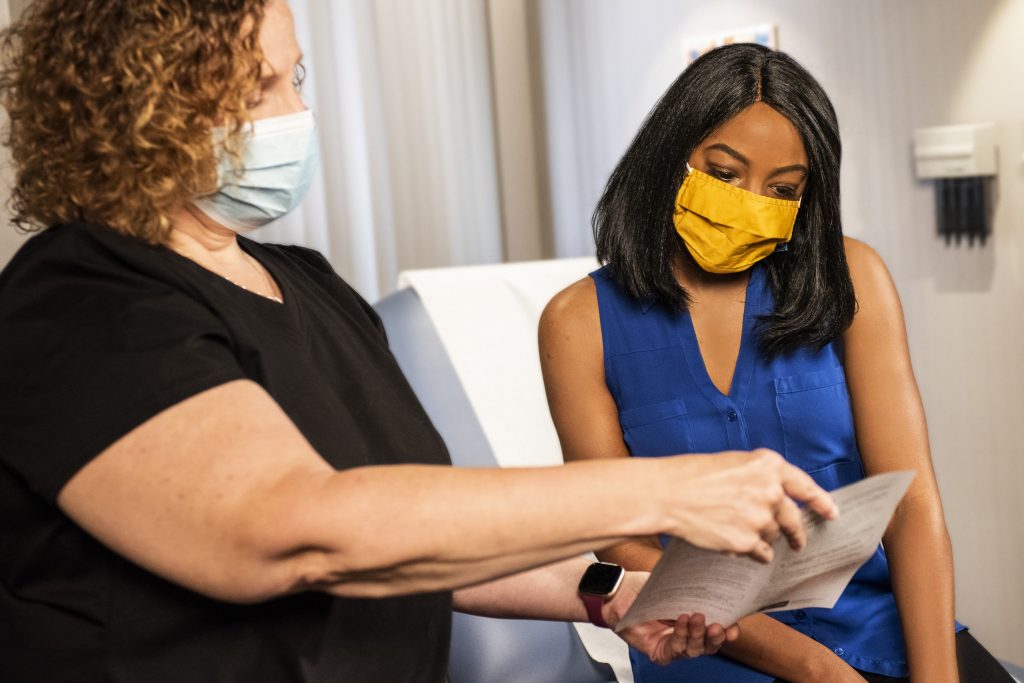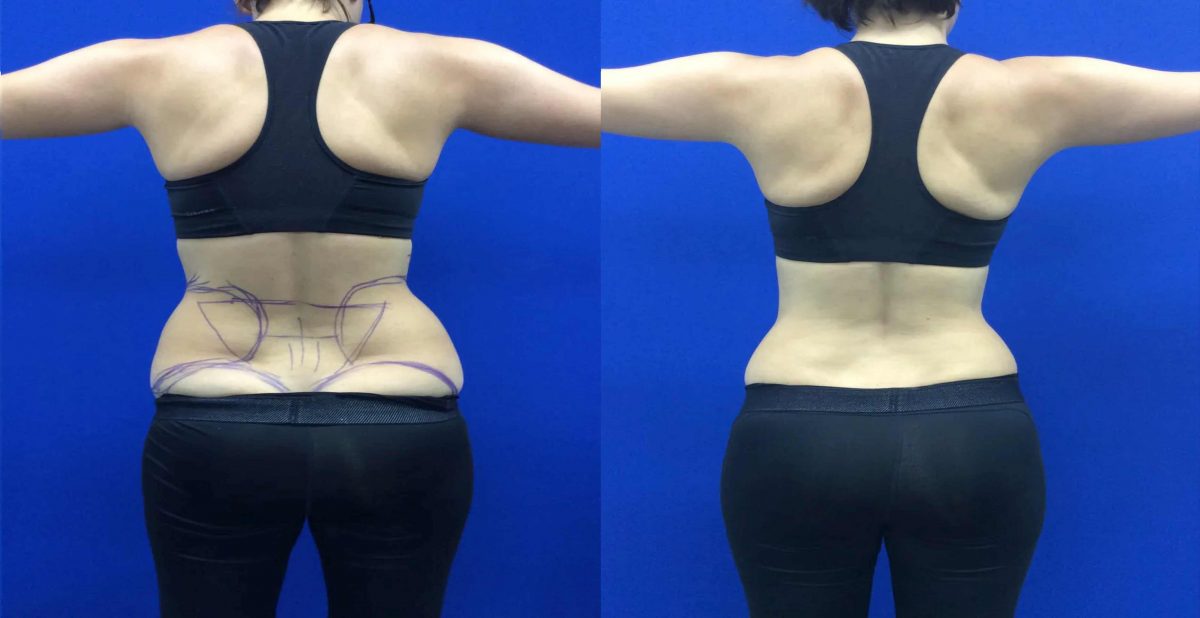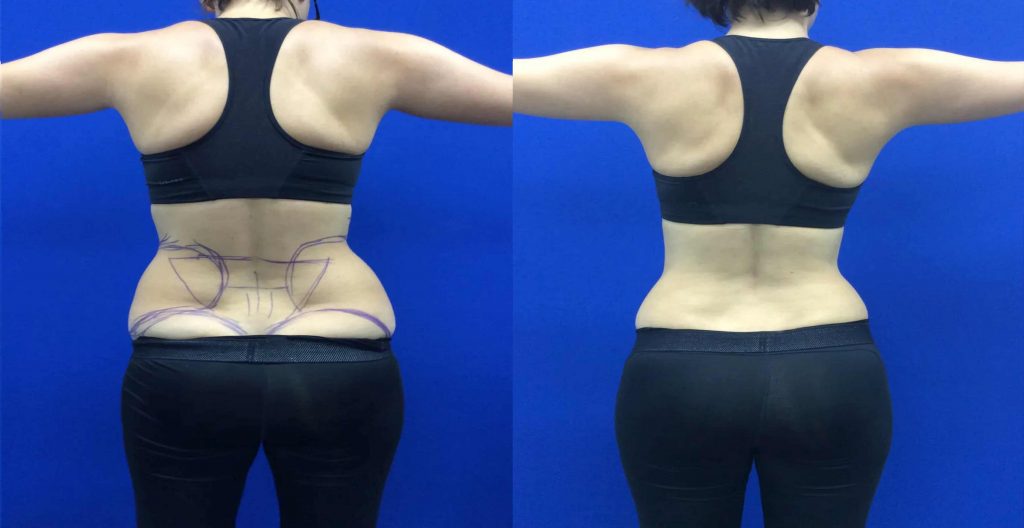Introduction
A tummy tuck, also known as abdominoplasty, is a surgical procedure that removes excess skin and fat from the abdomen while tightening the underlying muscles. It can be performed on both men and women who have loose or sagging abdominal skin due to pregnancy, significant weight loss, or aging.

Definition of Tummy Tuck
Tummy tucks are designed to contour the abdomen into a smoother, firmer shape by removing excess skin and fat. During the procedure, the surgeon will make an incision in the lower abdomen and then separate the skin from the underlying muscle tissue. The surgeon will then remove any excess skin and fat before tightening the abdominal muscles with sutures.
Overview of Procedure
The length of a tummy tuck procedure depends on various factors such as how much loose skin needs to be removed and whether additional procedures like liposuction are necessary. Generally speaking, tummy tucks take between two and four hours to complete.
Reasons to Undergo Surgery
Some people opt for a tummy tuck because they are unhappy with their post-pregnancy figure or have recently lost a significant amount of weight. Others may choose to undergo abdominoplasty if they have been unable to achieve their desired body shape through diet and exercise alone. Ultimately, it is up to each individual patient to decide if a tummy tuck is right for them.
Does Insurance Cover a Tummy Tuck?
When considering a tummy tuck, one of the first questions that arises is whether insurance will cover the cost. Unfortunately, most insurance providers do not cover the cost of a tummy tuck, as it is considered an elective cosmetic procedure. However, there are some exceptions to this rule.
Medicare Coverage Requirements
Medicare does not typically cover the cost of a tummy tuck unless it is medically necessary due to an underlying medical condition or injury. In such cases, Medicare may pay for part or all of the procedure if it is deemed medically necessary and approved by Medicare. However, these cases are rare and must be approved on an individual basis.
Medicaid Coverage Requirements
Medicaid coverage requirements vary from state to state. Generally speaking, Medicaid does not cover the cost of a tummy tuck unless it is deemed medically necessary due to an underlying medical condition or injury. As with Medicare coverage, these cases are rare and must be approved on an individual basis.
Other Insurance Providers
Most other insurance providers do not cover the cost of a tummy tuck as it is considered an elective cosmetic procedure. However, some providers may offer limited coverage for certain procedures related to the tummy tuck such as liposuction or hernia repair if they are deemed medically necessary. It is important to check with your specific provider to see what types of coverage they offer for cosmetic surgery procedures.

Payment Plan Options
For those who do not have insurance coverage for their tummy tuck procedure, there are payment plan options available through most cosmetic surgeons and clinics. These plans allow patients to spread out their payments over time in order to make the procedure more affordable and accessible. It is important to note that these payment plans typically require a down payment at the time of booking and may also include interest charges depending on the terms of each plan.
In conclusion, while most insurance providers do not cover the cost of a tummy tuck as it is considered an elective cosmetic procedure, some may offer limited coverage for certain procedures related to the tummy tuck if they are deemed medically necessary. Additionally, there are payment plan options available through most cosmetic surgeons and clinics that allow patients to spread out their payments over time in order to make the procedure more affordable and accessible.
|
Insurance Provider
|
Coverage
|
Payment Plan Options
|
|
Medicare
|
Rarely covers cost if medically necessary and approved by Medicare.
|
N/A
|
|
Medicaid
|
Varies by state; rarely covers cost if medically necessary.
|
N/A
|
|
Other Providers
|
Does not cover cost as it is considered an elective cosmetic procedure; may offer limited coverage for certain procedures related to the tummy tuck if deemed medically necessary.
|
Payment plans available through most cosmetic surgeons and clinics that allow patients to spread out their payments over time. Typically require a down payment at the time of booking and may also include interest charges depending on the terms of each plan.
|
What Is a Tummy Tuck?
A tummy tuck, also known as abdominoplasty, is a surgical procedure that removes excess skin and fat from the abdomen and tightens the abdominal muscles. It is typically performed to improve the appearance of the midsection, but can also be used to correct medical conditions such as hernia repair and umbilical hernia. The procedure can also help restore weakened or separated abdominal muscles caused by pregnancy or weight gain.
Definition and Purpose of the Procedure
The purpose of a tummy tuck is to reduce the size and shape of the abdomen, resulting in a smoother and flatter appearance. During the procedure, excess skin and fat are removed from the lower abdomen and waistline. The remaining skin is then tightened with sutures to create a firmer abdominal wall. In some cases, liposuction may be used to remove stubborn pockets of fat from other areas of the body.
Abdominal Muscle Repair
In addition to removing excess skin and fat, a tummy tuck can also be used to repair weakened or separated abdominal muscles. During this portion of the procedure, the surgeon will make an incision along the lower abdomen and use sutures to bring together any separated muscles. This helps create a stronger core foundation for improved posture and athletic performance.
Recovery Timeline
Most patients experience minimal pain after their tummy tuck surgery; however, they should expect some swelling and bruising in the days following their procedure. Patients are usually able to return to light activities within one week; however, strenuous activity should be avoided for at least six weeks after surgery in order to ensure proper healing.
Benefits and Risks of the Procedure
The benefits of a tummy tuck include improved abdominal contours, reduced waist circumference, increased self-confidence, improved posture, better core strength, and improved clothing fit. As with any surgical procedure there are risks associated with abdominoplasty including infection, scarring, blood clots, nerve damage, anesthesia complications, fluid accumulation under the skin (seroma), asymmetry of results due to uneven healing or muscle tightening, unsatisfactory results due to poor healing or inadequate tissue removal/tightening during surgery.
Overall, a tummy tuck can provide dramatic improvements in appearance while restoring weakened abdominal muscles back into place for improved posture and physical performance.
How Much Does A Tummy Tuck Cost?
When considering a tummy tuck, one of the first questions that comes to mind is “how much does it cost?” The cost of a tummy tuck can vary greatly depending on the type of procedure being performed and the geographical area in which you live. In general, the average cost of a tummy tuck in San Diego is between $7000 and $10,000. This price range includes all costs associated with the procedure, including anesthesia fees, operating room fees, and surgeon fees.
Cost Breakdown for Different Procedures
The cost of a tummy tuck will depend on the type of procedure being performed. For example, if you are only having liposuction or skin tightening procedures done, then your total cost will be lower than if you opt for a full abdominoplasty (tummy tuck). Additionally, if you choose to have muscle repair or hernia repair done during your tummy tuck procedure, then this will also increase your overall cost.
Financing Options for Cosmetic Surgery Patients
Many cosmetic surgery patients opt to finance their procedures through medical financing companies such as CareCredit or Prosper Healthcare Lending. These companies offer low-interest loans to cover the cost of cosmetic surgery procedures. Additionally, many plastic surgeons offer payment plan options that allow patients to pay for their procedures over time. It is important to carefully consider all financing options before committing to any loan agreement.
Average Cost of a Tummy Tuck in San Diego
In San Diego, the average cost for a tummy tuck ranges from $7000 to $10,000 depending on the complexity of the procedure and other factors such as geographic location and surgeon experience. If you are considering undergoing a tummy tuck procedure in San Diego, it is important to research different surgeons and compare pricing before making your final decision. Additionally, it is important to understand what costs are included in your final bill so that you can accurately budget for your surgery.
|
Procedure
|
Average Cost in San Diego
|
|
Liposuction or Skin Tightening
|
$7000 – $10,000
|
|
Full Abdominoplasty (Tummy Tuck)
|
$7000 – $10,000
|
|
Muscle Repair or Hernia Repair
|
Varies
|
Conclusion
A tummy tuck is an effective way to reduce the appearance of excess skin and fat in the abdominal area. It can also help improve the shape and tone of the abdominal muscles. While insurance typically does not cover tummy tucks, there are financing options available for those who wish to have this procedure done. The cost of a tummy tuck is dependent on several factors such as the type of procedure being performed, the geographic location, and additional costs associated with anesthesia and post-operative care. With proper research and planning, individuals considering a tummy tuck can make informed decisions about their health and beauty goals.



